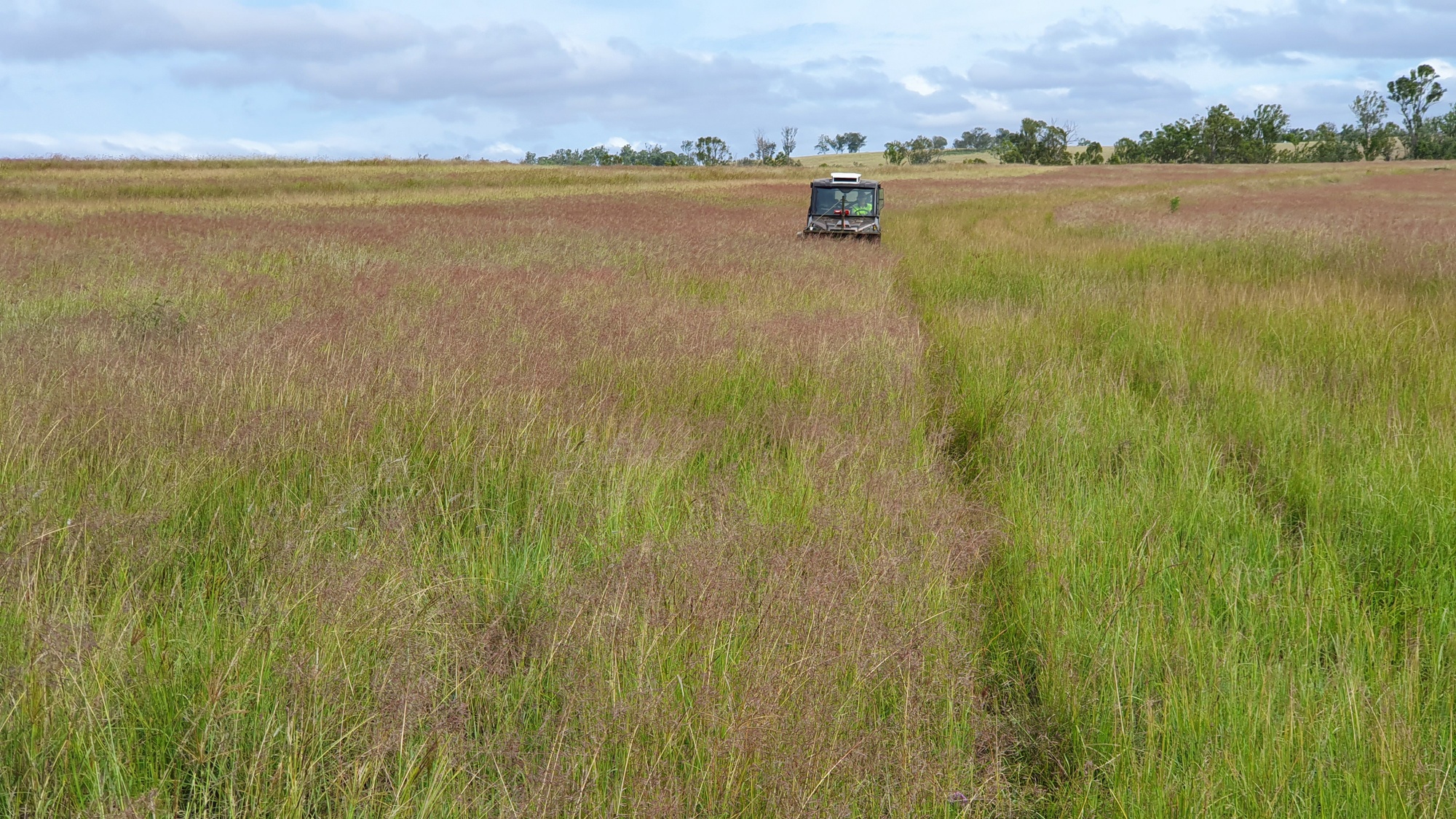Plant Profiles
Plant Categories
Subshrub
Trailing herb
Annual
Annual or Short-Lived Perrenial
Prostrate Shrub
Graminoid
Vine
Forb
Nitrogen Fixer
Grass
Tree
Shrub
Sedge
Wattle
Show All
14Genera
Acacia
Allocasuarina
Alphitonia
Alstonia
Angophora
Archidendropsis
Aristida
Arundinella
Astrebla
Atalaya
Atriplex
Austrosteenisia
Austrostipa
Banksia
Baumea
Bolboschoenus
Boronia
Bothriochloa
Brachychiton
Breynia
Callitris
Calotis
Capillipedium
Carissa
Cassia
Cassine
Cassinia
Casuarina
Chloris
Chrysocephalum
Chrysopogon
Clerodendrum
Corymbia
Crotalaria
Cymbopogon
Daviesia
Denhamia
Derris
Dichanthium
Dodonaea
Einadia
Enchylaena
Enteropogon
Eragrostis
Eremophila
Eriochloa
Erythrina
Erythroxylum
Eucalyptus
Eustrephus
Fimbristylis
Flindersia
Gahnia
Geijera
Grewia
Hardenbergia
Heteropogon
Hovea
Imperata
Indigofera
Jacksonia
Jasminum
Juncus
Kennedia
Lepidosperma
Lomandra
Lophostemon
Ludwigia
Lysiphyllum
Maireana
Melaleuca
Melia
Myoporum
Notelaea
Owenia
Pandorea
Panicum
Parsonsia
Paspalidium
Petalostigma
Petalostylis
Pittosporum
Podolobium
Pomax
Psydrax
Pterocaulon
Ptilotus
Pultenaea
Rhagodia
Rhodosphaera
Rhynchosia
Sarga
Schoenoplectiella
Schoenoplectus
Senna
Sida
Solanum
Sporobolus
Swainsona
Syncarpia
Themeda
Trema
Vachellia
Ventilago
Vittadinia
Show All
105Eragrostis sororia
| Categories | Grass |
| Common Name(s) | Woodland Lovegrass |
| Family | Poaceae |
Description
"Perennial. Culms erect or sprawling, 20–70 cm tall." (Simon, B.K. & Alfonso, Y. 2011. AusGrass2)
Notes
Eragrostsis sororia is found on granite and sandstone derived soils, apart from other chemically and physically similar soils, and often near Eragrostis elongata which it may grade into.
"A polymorphic species which grades into E. elongata, producing plants with a wide range of intermediate characters." (Simon, B.K. & Alfonso, Y. 2011. AusGrass2)
Native Eragrostis species have been sorely lacking as a native grass option in rehabiliation to date. The low height and moisture stress tolerance of such selections will be very useful. We have been able to brush harvest seed from these low native grasses using very hard brushes set just a few inches above the ground. The process is slow, and care must be taken not to collide with dead timber etc however the yields of floret are certainly feasible.
A constraint for operators producing seed this way will be locating properties where such grasses can be harvested over large enough expanses without gathering unacceptable weeds such as African Lovegrass which compete well on granite soils, sandy alluviums and other light loams. We solve this by seeking out properties bordering large National Parks and state forests where such weeds are less often established. Its appears to be low foreign traffic that has preserved natural grasses in such places. Responsibly managed, locally stationed cattle herds are helpful to this cause because there are many other possible exotic grass intruders they otherwise remove. The main threats to such natural grass stands come from the importation of light soil adapted weed seeds from higher traffic, disturbed areas nearby. An example of this may is the slashing of tracks and roadsides with machinery that has been brought in unwashed after working highways and other busier roads.
The pictures below are natural pastures on sandy loam adjacent to Allies Creek State Forest and containing dominantly native Eragrostis species E. sororia and E. elongata. Other Eragrostis species are present around several thousand hectares here which may include E. spartinoides, E. parviflora, E. alveiformis, E. lacunaria and lastly E. brownii, which again is closely related to the first two. "Eragrostis brownii is a polymorphic highly variable species belonging to a closely related group of intergrading species including E. elongata and E. sororia." (Simon, B.K. & Alfonso, Y. 2011. AusGrass2). Taller natural grasses here are predominantly Chrysopogon fallax, Heteropogon contortus, Bothriochloa decipiens and a number of Aristida spp. A number of Regional Ecosystems are attributed, a common one being RE 11.12.3 Eucalyptus crebra, E. tereticornis, Angophora leiocarpa woodland on igneous rocks especially granite.
Dr Judi Earl of Local Land Services, NSW, has produced a very informative video on similar native Eragrostis species and a link to this is below.
Historical Notes
Distribution
Eragrostis sororia is common in Queensland from coastal to inland areas while mostly absent in the far west. In New South Wales it is recorded in a similar fashion although less frequently. Some occurences are also in the north of the Northern Territory.
References and Related Links
https://plantnet.rbgsyd.nsw.gov.au/cgi-bin/NSWfl.pl?page=nswfl&lvl=sp&name=Eragrostis~sororia
Simon, B.K. & Alfonso, Y. 2011. Ausgrass2, http://ausgrass.myspecies.info/ [Accessed on April 25, 2022].
https://ausgrass2.myspecies.info/content/eragrostis-sororia
https://ausgrass2.myspecies.info/content/eragrostis-brownii
https://www.youtube.com/watch?v=WmZwmI0k1Eg&ab_channel=LocalLandServicesNSW
